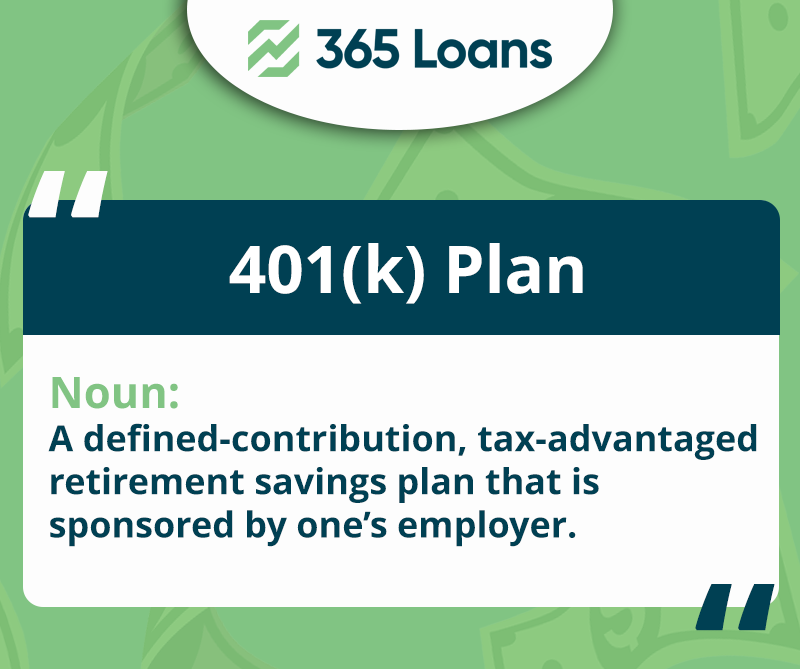When it comes to securing a comfortable retirement, few financial vehicles are as crucial as a 401(k) savings plan. This employer-sponsored retirement account offers a unique opportunity for individuals to build a strong financial foundation for their golden years. However, the effectiveness of a 401(k) largely depends on the strategies employed to optimize its potential. In this comprehensive guide, we will delve into various strategies that can help you maximize your financial future through strategic 401(k) savings.
Understanding the Basics: What is a 401(k)?
Before delving into savings strategies, let’s briefly review the fundamentals of a 401(k) plan. A 401(k) is a tax-advantaged retirement savings plan offered by employers. It allows employees to contribute a portion of their salary to the plan, and often, employers match a percentage of these contributions. The money contributed to a traditional 401(k) is not subject to income tax until it is withdrawn during retirement, providing a valuable tax deferral benefit.

Start Early and Contribute Consistently
One of the most powerful strategies for maximizing your 401(k) savings is to start early and contribute consistently. The magic of compounding interest means that the earlier you start contributing, the more time your investments have to grow. Even small contributions can lead to significant growth over several decades. Aim to contribute at least enough to take full advantage of your employer’s matching contributions – this is essentially “free money” that boosts your retirement savings.
Take Advantage of Employer Matching
As mentioned earlier, employer matching is a significant perk of many 401(k) plans. If your employer offers a matching contribution, strive to contribute enough to take full advantage of this benefit. This match effectively increases your contributions and accelerates the growth of your retirement nest egg.
Diversify Your Investment Portfolio
Diversification is a key principle of successful investing, and it applies to your 401(k) savings as well. Rather than putting all your eggs in one basket, consider diversifying your investments across various asset classes, such as stocks, bonds, and mutual funds.

Regularly Review and Adjust Your Portfolio
Market conditions and personal financial goals can change over time. It’s important to regularly review and adjust your 401(k) investment portfolio to align with your changing circumstances.

Increase Contributions Over Time
As your income grows, consider increasing your contributions to your 401(k) plan. Many employers allow you to adjust your contribution percentage at any time. Gradually increasing your contributions can have a significant impact on your retirement savings, especially if you receive raises or bonuses.
Consider Roth 401(k) Options
While traditional 401(k) plans offer tax-deferred growth, Roth 401(k) plans allow you to contribute after-tax income. The advantage of Roth contributions is that qualified withdrawals in retirement are tax-free. Depending on your financial situation and tax strategy, a Roth 401(k) could be a valuable addition to your savings strategy.
You might want to read next: What to Do if Your 401(k) Match Is Cut
Stay Informed and Seek Professional Advice
The world of investing and retirement planning can be complex. Staying informed about market trends, economic developments, and changes in retirement regulations is essential. If you’re uncertain about your 401(k) investment choices or overall retirement strategy, consider seeking advice from a financial advisor.
In conclusion, your 401(k) savings plan has the potential to play a central role in securing your financial future. By following these comprehensive strategies, you can take meaningful steps toward maximizing the benefits of your 401(k) and building a strong foundation for your retirement years. Remember, the key is to take proactive steps now to ensure a comfortable and financially secure future.







